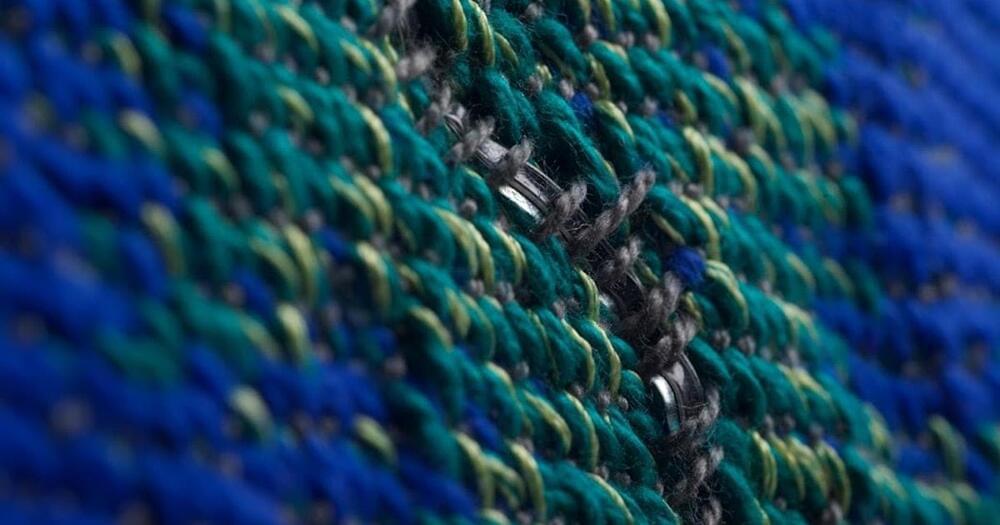CSI: Milky Way
Astronomers dig into some forensic archaeology to determine how the Milky Way got its current shape after a series of mergers.




By Vanesa Castán Broto, University of Sheffield; Emmanuel Osuteye, UCL, and Linda Westman, University of Sheffield
This article is republished from The Conversation under a Creative Commons license. Read the original article.
Flooding is common in informal settlements in Bwaise, a neighbourhood in the Ugandan capital Kampala. Bwaise’s residents are largely excluded from planning and local decision-making processes, and have poor housing and limited access to sanitation and other essential services.

New research artificially creating a rare form of matter known as spin glass could spark a new paradigm in artificial intelligence by allowing algorithms to be directly printed as physical hardware. The unusual properties of spin glass enable a form of AI that can recognize objects from partial images much like the brain does and show promise for low-power computing, among other intriguing capabilities.
“Our work accomplished the first experimental realization of an artificial spin glass consisting of nanomagnets arranged to replicate a neural network,” said Michael Saccone, a post-doctoral researcher in theoretical physics at Los Alamos National Laboratory and lead author of the new paper in Nature Physics. “Our paper lays the groundwork we need to use these physical systems practically.”
Spin glasses are a way to think about material structure mathematically. Being free, for the first time, to tweak the interaction within these systems using electron-beam lithography makes it possible to represent a variety of computing problems in spin-glass networks, Saccone said.

“An engineering team from MIT collaborated with students from Rhode Island School of Design to create a textile that can hear and (eventually) interpret what’s happening on and inside our bodies.”
A new fiber made from a piezoelectric material and a conductor can register sound as mechanical waves and convert it into electrical waves, helping monitor bodies.

Hunter Biden DID help secure millions in funding for US contractor in Ukraine specializing in deadly pathogen research, laptop emails reveal, raising more questions about the disgraced son of then vice president. This Biolabs Biden Jr.’s scandal is what the U.S. media try to hush up… but not for long.
Email emails and correspondence obtained by DailyMail.com from Hunter’s abandoned laptop show he helped secure millions for Metabiota.

One of Melbourne’s busiest roads will host a world-leading traffic management system using the latest technology to reduce traffic jams and improve road safety.
The ‘Intelligent Corridor’ at Nicholson Street, Carlton was launched by the University of Melbourne, Austrian technology firm Kapsch TrafficCom and the Victorian Department of Transport.
Covering a 2.5 kilometre stretch of Nicholson Street between Alexandra and Victoria Parades, the Intelligent Corridor will use sensors, cloud-based AI, machine learning algorithms, predictive models and real time-data capture to improve traffic management – easing congestion, improving road safety for cars, pedestrians and cyclists, and reducing emissions from clogged traffic.
SpaceX CEO Elon Musk drops some key new information about the first Starship orbital flight test timeline and dropping SN20 prototype from this test.
SpaceX has been preparing for the first Starship orbital flight test since the last year. But this experiment is getting delayed due to one reason or another as time elapsed.
Initially, SpaceX wanted to perform the first Starship orbital flight experiment with the more stable and tested SN20 prototype (aka Ship 20).
Talking to SpaceX fans on Twitter earlier this week, Elon Musk confirmed that the first orbital flight will not be conducted on the SN20 prototype anymore. A prototype will be used from the existing SN21 or SN22 or a new one will be built for the purpose.